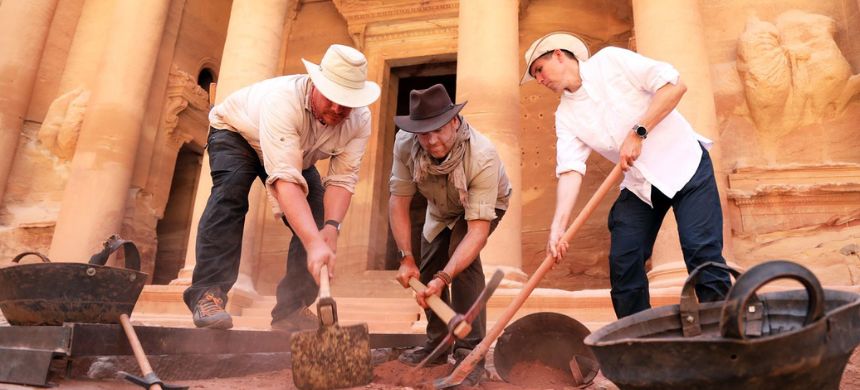At the heart of Petra, Jordan, lies the Khaznah, or Treasury, carved into pink sandstone cliffs. Recently, archaeologists uncovered a tomb beneath it containing 12 human skeletons and artifacts estimated to be 2,000 years old. Led by Dr. Pearce Paul Creasman, the excavation confirmed a long-held theory about more hidden chambers beneath the monument.
Ground-penetrating radar revealed similarities between both sides of the Treasury, prompting the Jordanian government to allow further digging. The tomb, unusually intact, contained skeletal remains and grave goods made from bronze, iron, and ceramic, offering a rare glimpse into Nabataean life.
The discovery may be the largest collection of human remains in Petra. Artifacts found included a ceramic vessel resembling the Holy Grail, highlighting the richness of Nabataean culture. While many items were well-preserved, the skeletons were delicate due to Petra’s humid environment.











